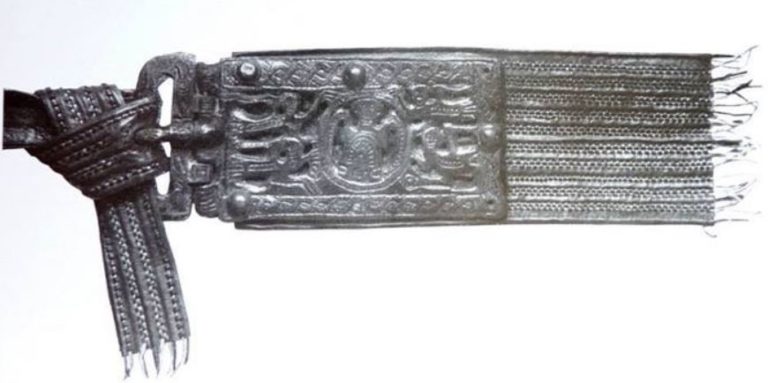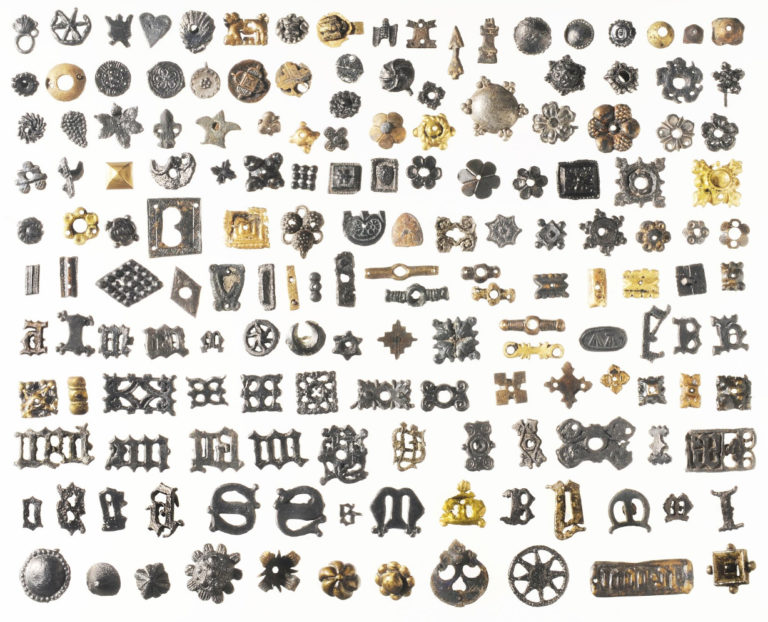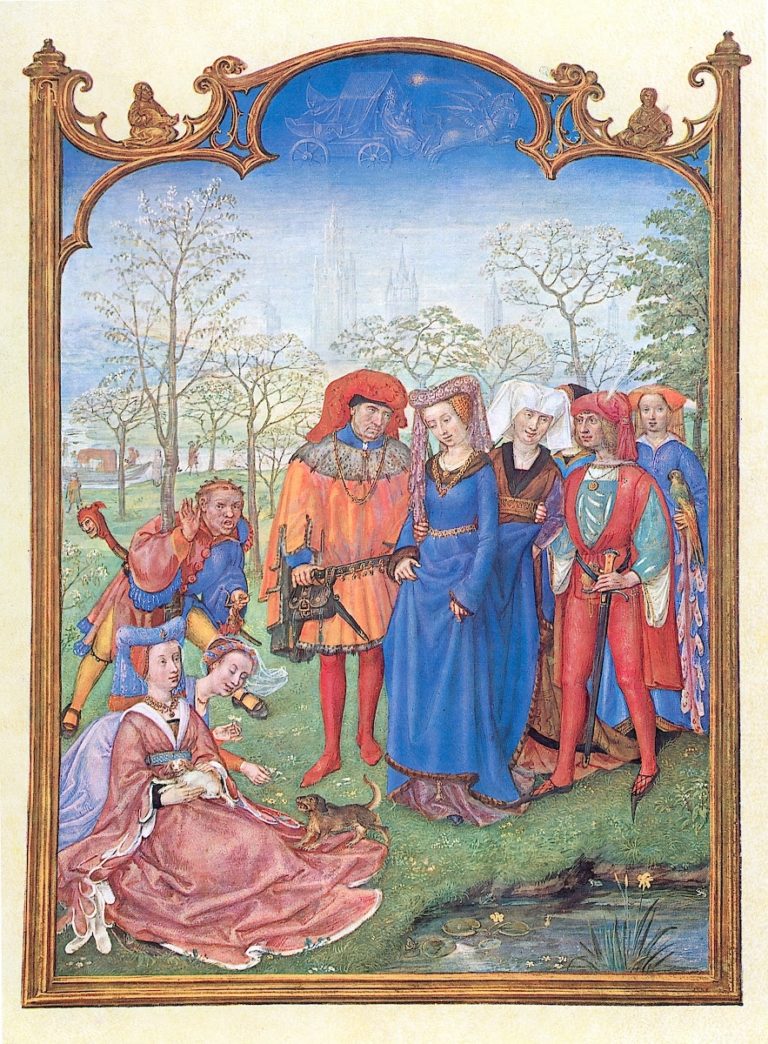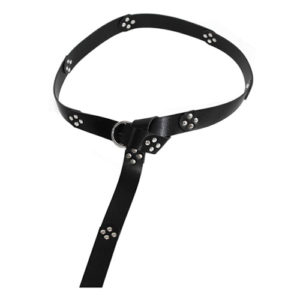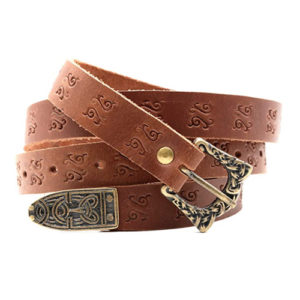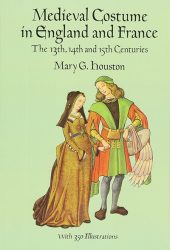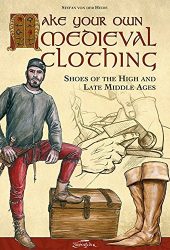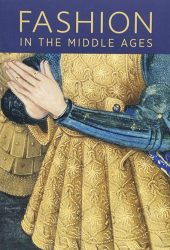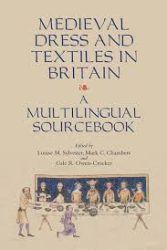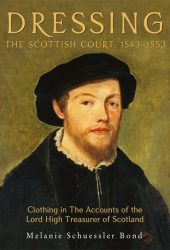The buckle or clasp was used in medieval times to fasten two loose ends of a belt or piece of clothing. Buckles were one of the most dependable accessories of the time.
Buckles were popular among Roman soldiers and were sometimes decorated with dolphin and horse heads. Throughout the Middle Ages, buckles were used mostly for ornamentation – until the 14th century, when we see the emergence and prime of the knightly belt and buckle.
Until the 15th century, buckles were almost exclusively worn by the wealthy. It wasn’t until manufacturing techniques made them possible to produce using moulds that they became available for the general population.
Medieval buckles were made of metal such as bronze, brass, silver, wood, leather (or dried suede) and/or pearl – the last two usually for ladies’ dresses. Iron was not a preferred material as it could rust when exposed to damp conditions. There are several examples of beautifully decorated buckles from archaeological finds and historical documents.
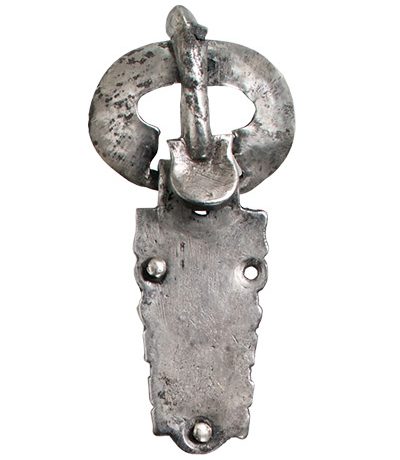
History of the Buckle
The Middle English word “buckle” originates from the Old French and Latin “buccula” (meaning cheek strap).
Roman soldiers used buckles to strap their body armor together, especially on the balteus and cingulum (belts to carry the short sword or gladius and the dagger or pugio). These buckles were usually made of bronze and appreciated for their functionality and durability – although they were used for clothing, their purpose was mainly military. Some Roman buckles were decorated with dolphin and horse heads. The roman Type I buckle was a plate with geometric ornaments, while the Type IA were long and narrow, and the IB buckle-loops.
Scythian and Sarmatian buckles incorporated more animal motifs that usually represented them in mortal combat. Many were imported by Germanic peoples and are today found in the graves of Franks and Burgundies.
In early Anglo-Saxon England, buckles were used to fasten waist belts as well as to express a person’s wealth and status. An example of a spectacular design can be found at the Sutton Hoo shop burial. Constructed from several separate pieces, the gold body forms a hinged box with a triple-lock mechanism.
Types of Buckles
There are several types or styles of buckles.
- Buckle: The conventional buckle has a frame, a bar, and prongs. It’s reliable rather than aesthetic.
- Clasp: If a buckle consists of two separate pieces, one with a hook and the other with a loop, it’s actually called a clasp. Clasps cannot be adjusted easily, so they only became popular in the 19th century as more elastic materials were available.
- Buckle Trim or Slide: A trim or slide is a buckle without a chape or prongs. This type of buckle was used in home dress-making and purely for decoration purposes. For example, they were used as show fronts or to conceal unattractive fittings.
Image Gallery: Belts and Buckles
